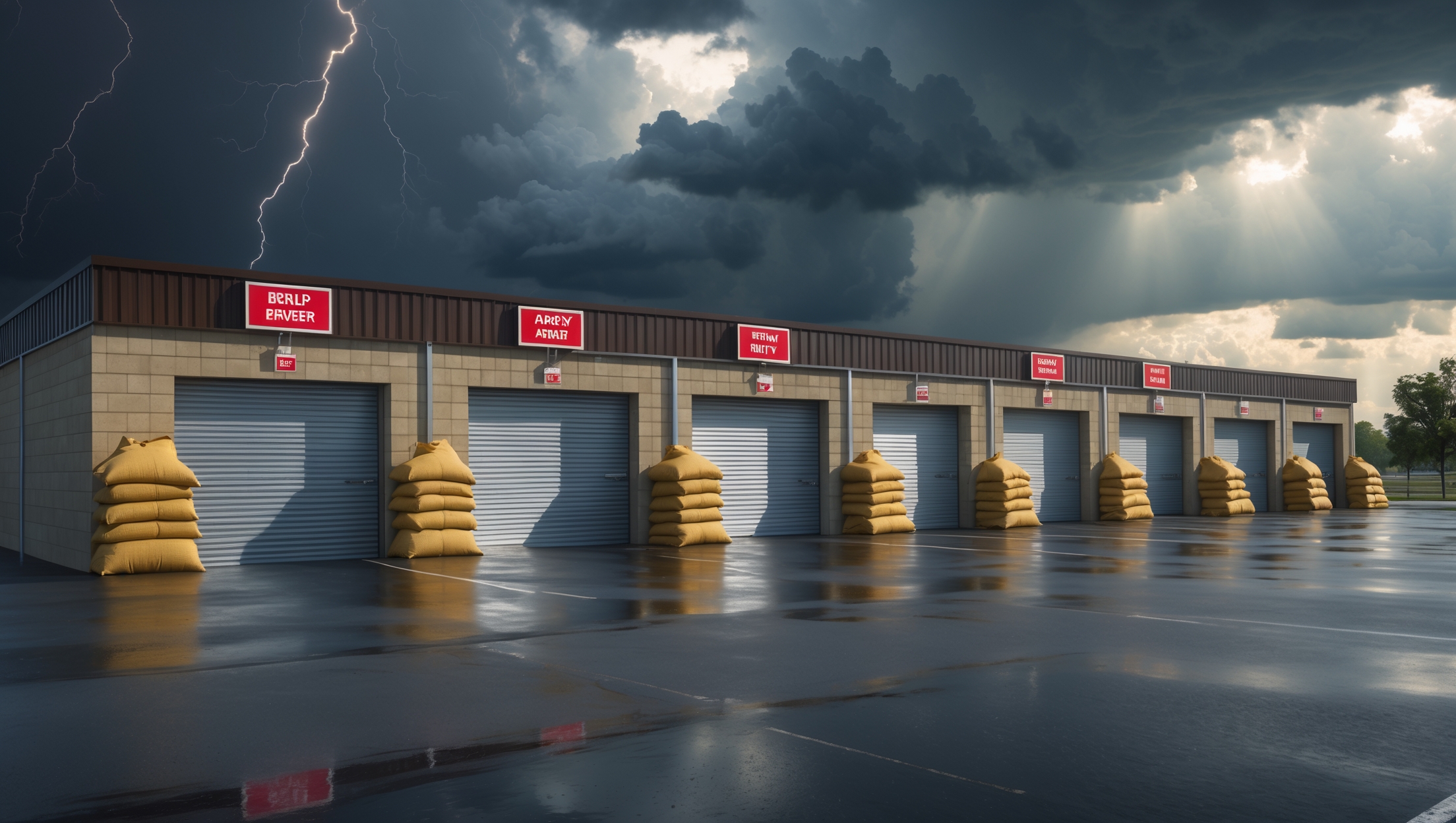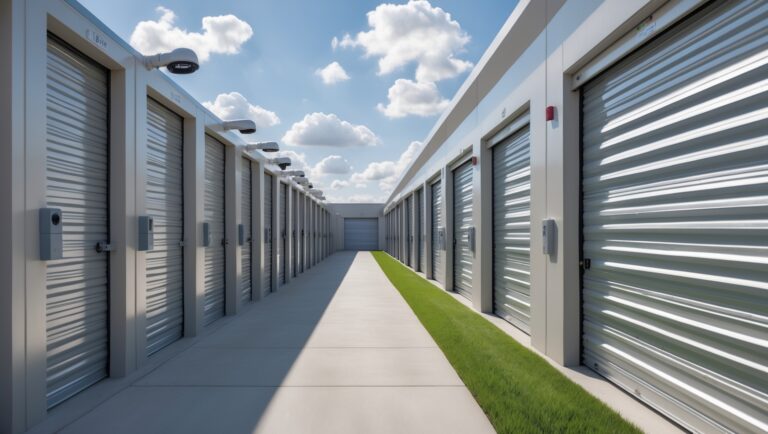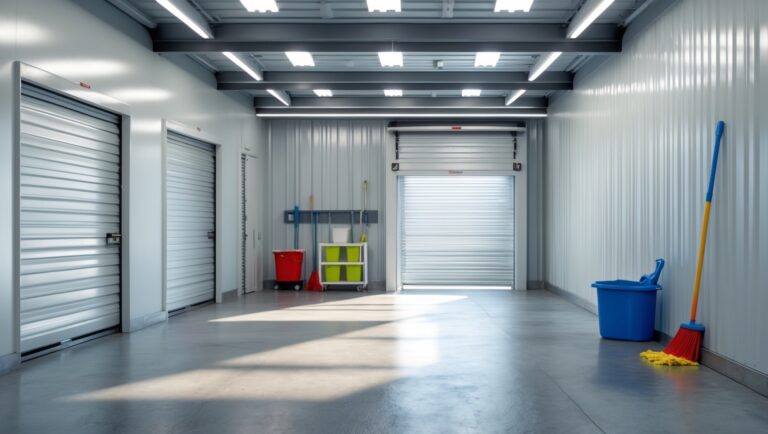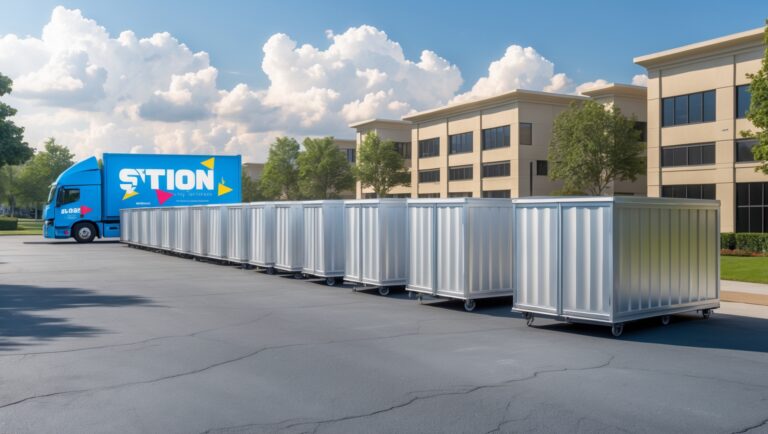How to Prepare a Storage Facility for Natural Disasters: Risk Assessment, Planning, and Recovery
Introduction: Why Disaster Preparedness Matters for Storage Facilities
Natural disasters are on the rise worldwide, and few industries are more vulnerable than storage facilities. From hurricanes and floods to wildfires and earthquakes, catastrophic events can devastate a storage property, causing financial loss, customer dissatisfaction, and long-term reputation damage. Unlike other businesses, storage operators are responsible for protecting not just their own assets but also the possessions of hundreds or thousands of clients. Even a single incident of water damage, structural compromise, or theft during a disaster can result in legal claims, insurance headaches, and lost business. Yet, many storage facility owners underestimate the range of threats they face—or assume standard insurance policies are enough. In reality, proactive disaster planning is essential for every facility, regardless of location or size. This comprehensive guide will walk you through risk assessment, disaster planning, mitigation strategies, and step-by-step recovery. Whether you manage a single self-storage building or a multi-site operation, you’ll find actionable advice to safeguard your facility, protect your customers’ belongings, and emerge stronger after any event.
Section 1: Conducting a Comprehensive Risk Assessment
Identifying Local Hazards
The first step in disaster preparedness is understanding which types of events are most likely to impact your facility. Begin by researching your region’s history of natural disasters. Utilize FEMA flood maps, U.S. Geological Survey earthquake data, and local fire authority risk zones. Don’t overlook less-publicized threats like hail, tornadoes, heavy snow, or even landslides.
- Flood Risk: Is your property in or near a floodplain? How close is the nearest body of water?
- Wind Events: Are hurricanes or tornadoes common? What are the historic wind speeds in the area?
- Seismic Activity: Review the latest earthquake risk maps and building codes in your state.
- Wildfires: Assess vegetation density, proximity to forests, and prevailing wind patterns.
- Winter Hazards: Consider the potential for snow loads, ice storms, and power outages.
Facility Vulnerability Assessment
Next, evaluate how your specific facility would fare in each scenario. Walk the property and inspect for vulnerabilities:
- Building Materials: Are roofs, doors, and walls rated for local hazards?
- Drainage Systems: Are gutters, downspouts, and storm drains functioning?
- Landscaping: Could trees or loose gravel become projectiles in high winds?
- Security Systems: Will cameras, gates, and alarms work if power is lost?
Inventory and Infrastructure Audit
Document all physical assets: office equipment, vehicles, maintenance tools, customer records, and digital infrastructure. Identify what is essential for business continuity and recovery.
Section 2: Disaster Preparedness Planning
Developing a Disaster Response Plan
A written disaster response plan empowers your team to act quickly and consistently when every minute counts. Your plan should include:
- Emergency Contacts: Local fire, police, water, and power authorities; insurance adjusters; contractors.
- Evacuation Routes: Clear maps and signage for staff and, if necessary, customers present on-site.
- Facility Shutdown Procedures: How to secure doors, gates, electronics, and critical data.
Communication Protocols
Set up multi-channel communication for staff and customers. Use email, SMS, phone trees, and social media to relay urgent updates. Draft message templates in advance for different scenarios.
Customer Notification Strategies
Prepare pre-written messages explaining the facility’s disaster readiness, customer responsibilities, and what to do if an event occurs. Transparency reduces panic and strengthens trust.
Staff Training and Drills
Regularly train staff in disaster response, including fire extinguisher use, basic first aid, and safe evacuation. Hold annual drills for the most likely scenarios—especially those that require rapid action, like flash floods or wildfires.
Section 3: Mitigation Strategies for Common Natural Disasters
Flood and Water Damage Prevention
- Elevate Electrical Systems: Raise outlets, panels, and HVAC components above historical flood levels.
- Install Water Barriers: Use sandbags, flood gates, or deployable barriers at vulnerable entrances.
- Enhance Drainage: Maintain gutters, clear storm drains, and grade landscaping to divert water away from structures.
- Climate-Controlled Units: Ensure weather stripping and door seals are intact to prevent water intrusion.
Wind and Storm Protection
- Reinforce Doors and Windows: Install hurricane-rated doors and impact-resistant glass where possible.
- Remove or Secure Loose Items: Anchor storage containers, dumpsters, and signage ahead of storms.
- Roof Inspections: Schedule pre-season checks for loose shingles, fasteners, and flashing.
Earthquake Preparations
- Seismic Retrofitting: Reinforce structural frames, shelves, and any tall storage racks.
- Anchor Equipment: Secure HVAC units, water heaters, and office furniture to walls or floors.
- Emergency Shutoffs: Clearly mark and test gas, water, and electrical shutoff valves.
Wildfire Defense
- Defensible Space: Maintain a minimum 30-foot buffer zone free of flammable materials around all buildings.
- Fire-Resistant Materials: Upgrade roofs, siding, and vents to fire-rated construction where feasible.
- On-Site Fire Suppression: Install and maintain extinguishers, hoses, and, if possible, sprinkler systems.
Winter Storms and Power Outages
- Snow Load Management: Reinforce roofs and schedule prompt snow removal after major storms.
- Backup Generators: Invest in generators sized for security systems, lighting, and temperature control.
- De-icing Protocols: Stock salt, sand, and shovels to keep walkways and access lanes safe.
Section 4: Insurance and Documentation Considerations
Reviewing and Upgrading Coverage
Most commercial property insurance policies exclude or limit coverage for floods, earthquakes, and certain windstorms. Work with a specialty broker to:
- Obtain riders for excluded perils (flood, quake, wind, wildfire).
- Increase business interruption coverage to account for extended recovery times.
- Confirm coverage for customer goods, not just facility structures—many policies require customer opt-in.
Inventory and Record-Keeping Best Practices
- Digitize all facility records, customer agreements, and insurance documents. Store backups off-site or in the cloud.
- Maintain a photo and video inventory of all facility assets, updated annually or after major upgrades.
- Encourage customers to document their stored items and store copies of insurance policies outside the facility.
Section 5: Disaster Recovery—Step-by-Step
Immediate Response
- Ensure staff and customer safety—do not enter damaged areas until authorities declare them safe.
- Contact emergency services and your insurance provider as soon as possible.
- Document the damage with photos and video before cleanup begins.
Facility Cleanup and Restoration
- Engage professional restoration contractors for water, fire, or mold remediation.
- Inspect electrical, HVAC, and security systems before restoring power or reopening.
- Coordinate with waste management for debris removal and hazardous material disposal.
Customer Communication and Claims
- Notify customers immediately of the incident, expected timelines, and any impacts to their units.
- Provide clear instructions for accessing units, documenting their losses, and filing claims.
- Arrange temporary storage or moving assistance if necessary.
Review and Improve Your Plan
- Conduct a post-mortem after every event, no matter the scale.
- Identify what worked, what failed, and update your disaster plan accordingly.
- Solicit feedback from staff and customers to refine your approach for the future.
Section 6: Proactive Investments for Long-Term Resilience
Facility Upgrades
- Consider flood-proof construction, including raised foundations and waterproof doors for new builds.
- Install redundant power for critical infrastructure and climate control systems.
- Explore fire-resistant landscaping and hardscaping options.
Technology Solutions
- Implement cloud-based facility management software for remote monitoring and rapid communication.
- Upgrade to smart security systems with battery backups and mobile alerts.
- Use weather monitoring tools for real-time risk assessment and early warning.
Conclusion: Turning Disaster Preparedness into a Competitive Advantage
Preparing your storage facility for natural disasters isn’t just about minimizing losses—it’s an investment in your reputation, customer trust, and long-term viability. By thoroughly assessing your risks, developing a comprehensive disaster response plan, and investing in mitigation, you can drastically reduce the impact of even the most unpredictable events. Importantly, clear communication and robust insurance coverage will keep your operation resilient in the aftermath. Facilities that demonstrate proactive disaster management attract more customers, retain them longer, and stand out in a crowded market. Start by walking your property with a critical eye, then build out your plan using the actionable steps in this guide. Remember, the best time to prepare is before disaster strikes. By treating disaster preparedness as an ongoing process, not a one-time task, you’ll ensure your facility—and your business—can weather any storm.





